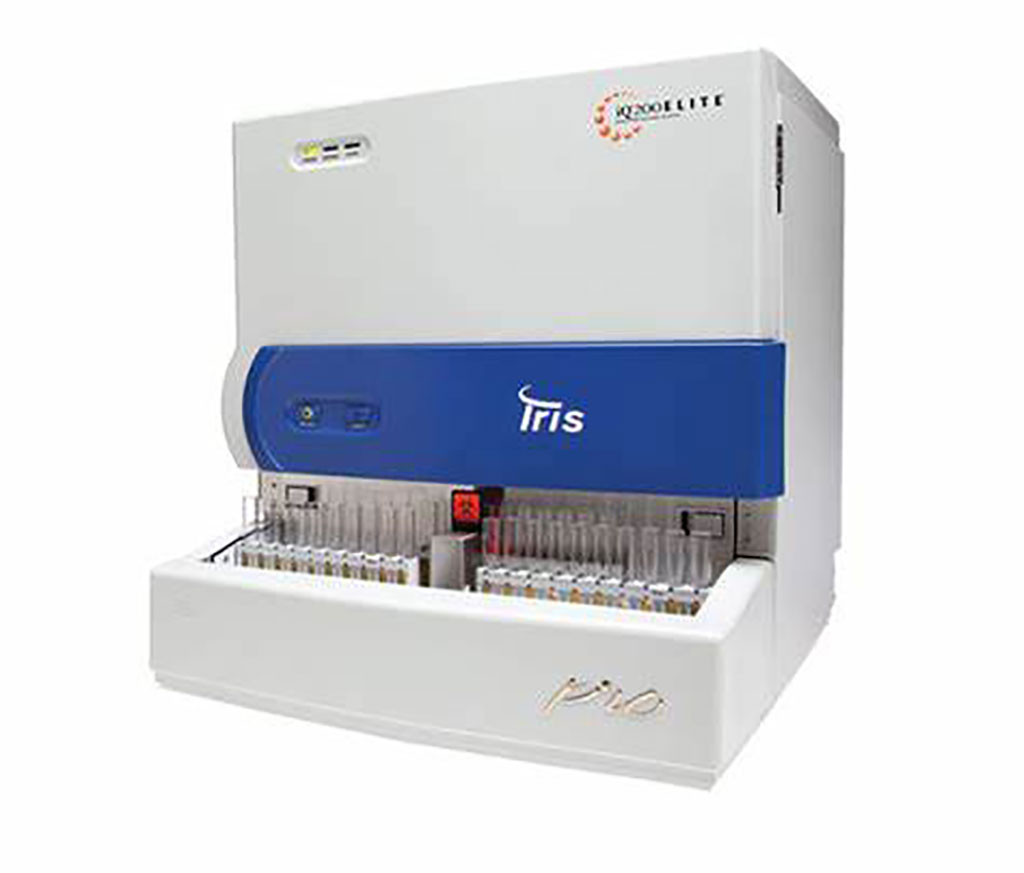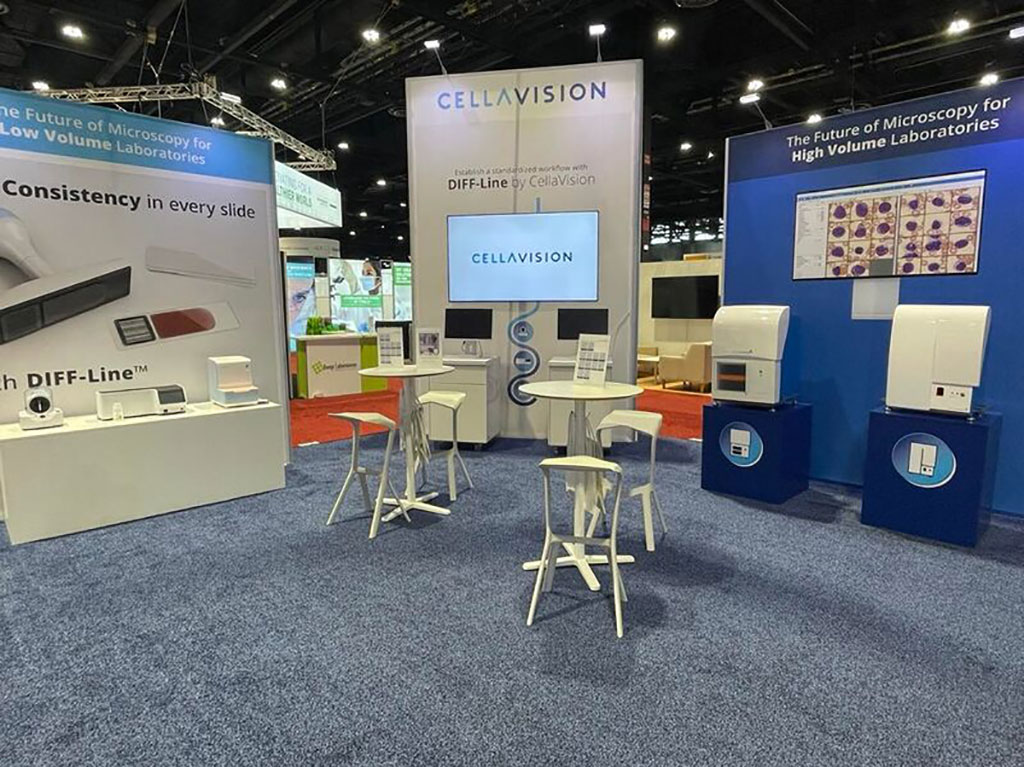Faster Method Diagnoses Pediatric Urinary Tract Infections
Posted on 01 Aug 2022
Urinary tract infections (UTIs) affect the urinary tract, including the bladder (cystitis), urethra (urethritis) or kidneys (kidney infection). UTIs may be treated with antibiotics, but they're not always needed.
UTIs are common in children and when left untreated can cause acute distress, septic shock, and even kidney damage. The gold standard for diagnosing the condition, urine culture, is slow and labor-intensive for laboratory staff, leading doctors to sometimes prescribe antibiotics inappropriately before getting results, thus contributing to the rise of antibiotic resistance.

Biomedical Scientists at the Nationwide Children's Hospital (Columbus, OH, USA) investigated the association between urinalysis results and those of concurrent urine cultures, and to assess the accuracy of a published prediction model for the results of urine culture in a pediatric population. The study was a retrospective chart review of 5,535 children who previously underwent both urinalysis and urine culture for UTI and carried out at the hospital from January 2019 to December 2020. The study population had a median age of 7 years (mean = 9), was 69% female, and of those with positive urine cultures, 85.2% were female.
Dipstick and microscopic sediment urinalysis were performed on an iQ200 Automated Urine Microscopy Analyzer (Beckman Coulter, Brea, CA, USA). Positive urine culture was defined as ≥50,000 colony-forming units/mL of a urinary pathogen. To evaluate their method's performance in children, the team used it to analyze data from the medical records of the children, they entered their age, sex, risk for UTI, and urinalysis results into their test's algorithm to see how accurately it predicted their urine culture results. Six variables were selected for the prediction model UTOPIA equation: ×1:age UTI risk, ×2:sex, ×3:nitrite, ×4:leukocyte esterase (LE), ×5:white blood cell count (WBC) and ×6:grade of bacteria with ×2-×4 and ×6 being categorical.
The investigators reported that the UTOPIA value exhibited an area under the ROC curve value of 0.825, which is significantly higher (P<0.001) than the individual components for ages 0.546 (0.52-0.57), sex 0.575 (0.56-0.59) nitrite 0.618 (0.60-0.63), LE 0.757 (0.74-0.78), the grade of bacteria 0.664 (0.64-0.69), and the WBC count 0.776 (0.75-0.80). The closer the ROC value was to 1, the more accurate the testing strategy.
Jingcai Wang, MD, PhD, CC(NRCC), SH(ASCP)MLS, a Certified Medical Laboratory Scientist and senior author of the study, said, “The test represents a simple way to predict urine culture results. It can potentially reduce unnecessary urine cultures, save money, and reduce use of unnecessary antibiotics in children.”
The authors concluded that the predictive model UTOPIA value demonstrated good diagnostic performance for predicting urine culture results and possibly reducing unnecessary urine culture and antibiotic use in a retrospective pediatric population. The study was presented on July 27, 2022 at the AACC 2022 meeting held in Chicago, IL, USA.
Related Links:
Nationwide Children's Hospital
Beckman Coulter




 assay.jpg)









